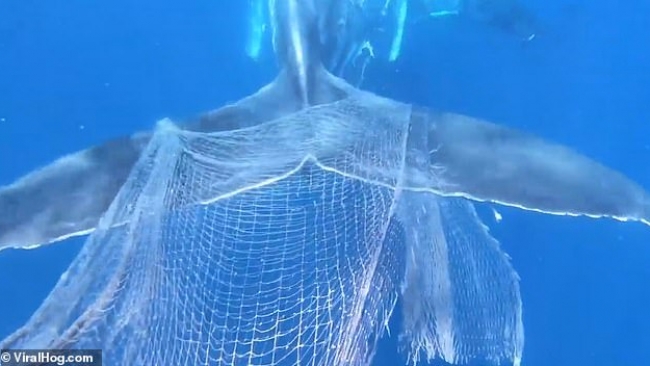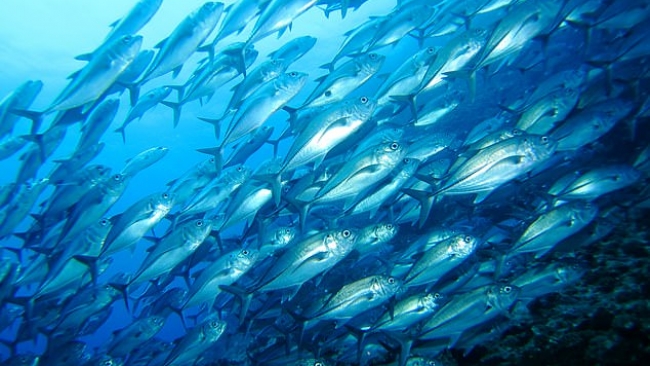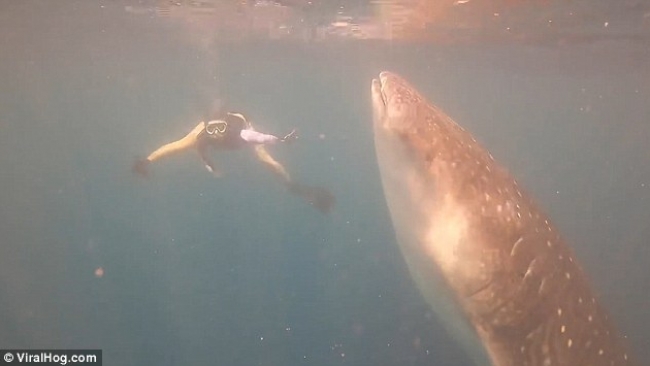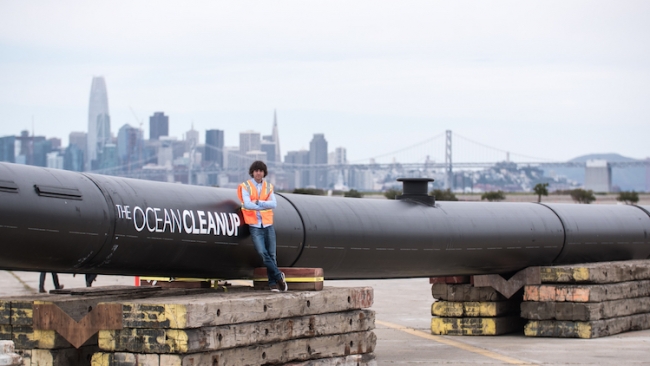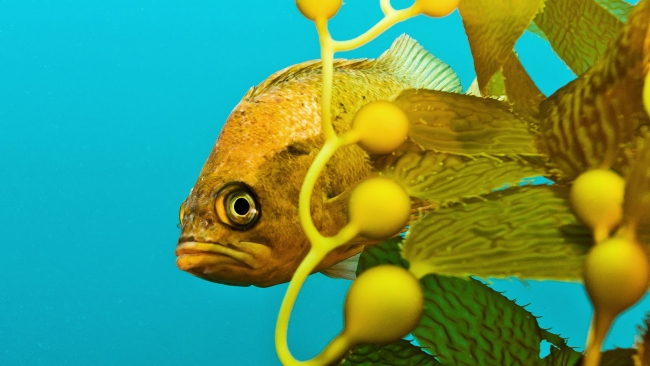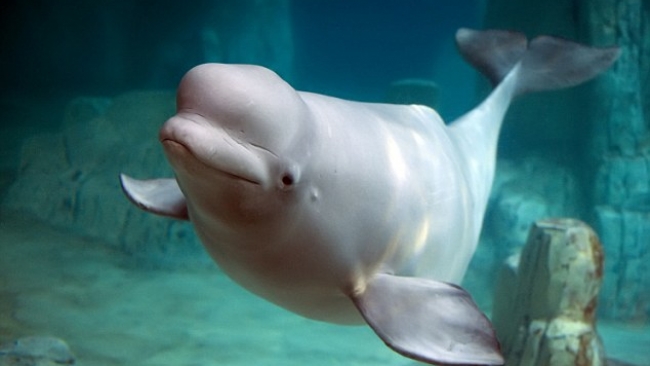Study finds toxic herbicides in Camps Bay sea life
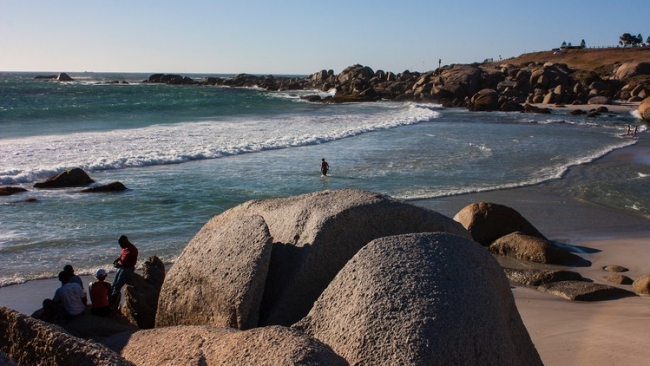
Herbicides banned in other parts of the world have been found in seawater in Camps Bay, and accumulating in seaweed and marine organisms such as mussels, limpets and sea urchins.
A recent study published in the journal Science of the Total Environment reports the presence of five herbicides in samples of seawater, sediment, sand and marine organisms in Camps Bay. The herbicides are atrazine, alachlor, simazine, metolachlor and butachlor.
The samples were taken on September 6 2017, during the height of the drought, which makes it unlikely that the presence of herbicides in the seawater was due to runoff.
The authors of the paper titled “Presence and Risk Assessment of Herbicides in the Marine Environment of Camps Bay” said the marine outfall at Camps Bay – the sewage pipe that extends almost 1.5km out to the middle of the bay at a depth of 28m – is the likely source of herbicides entering the environment. They said “very little storm water was discharged during the study period in 2017 due to the extended drought”.
The sewage pipe discharges about 2.4-million litres of sewage into the bay per day, according to a 2017 report by the Council for Scientific and Industrial Research (CSIR) commissioned by the City of Cape Town.
Read more at Sunday TimesSource: Sunday Times
Tue 4 Aug 2020 at 16:56
